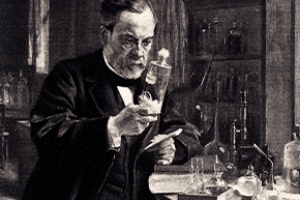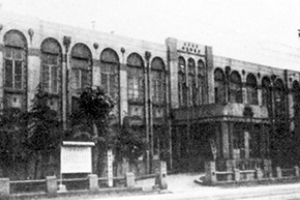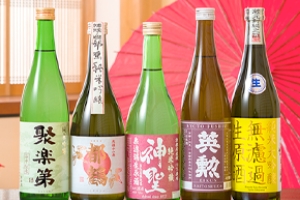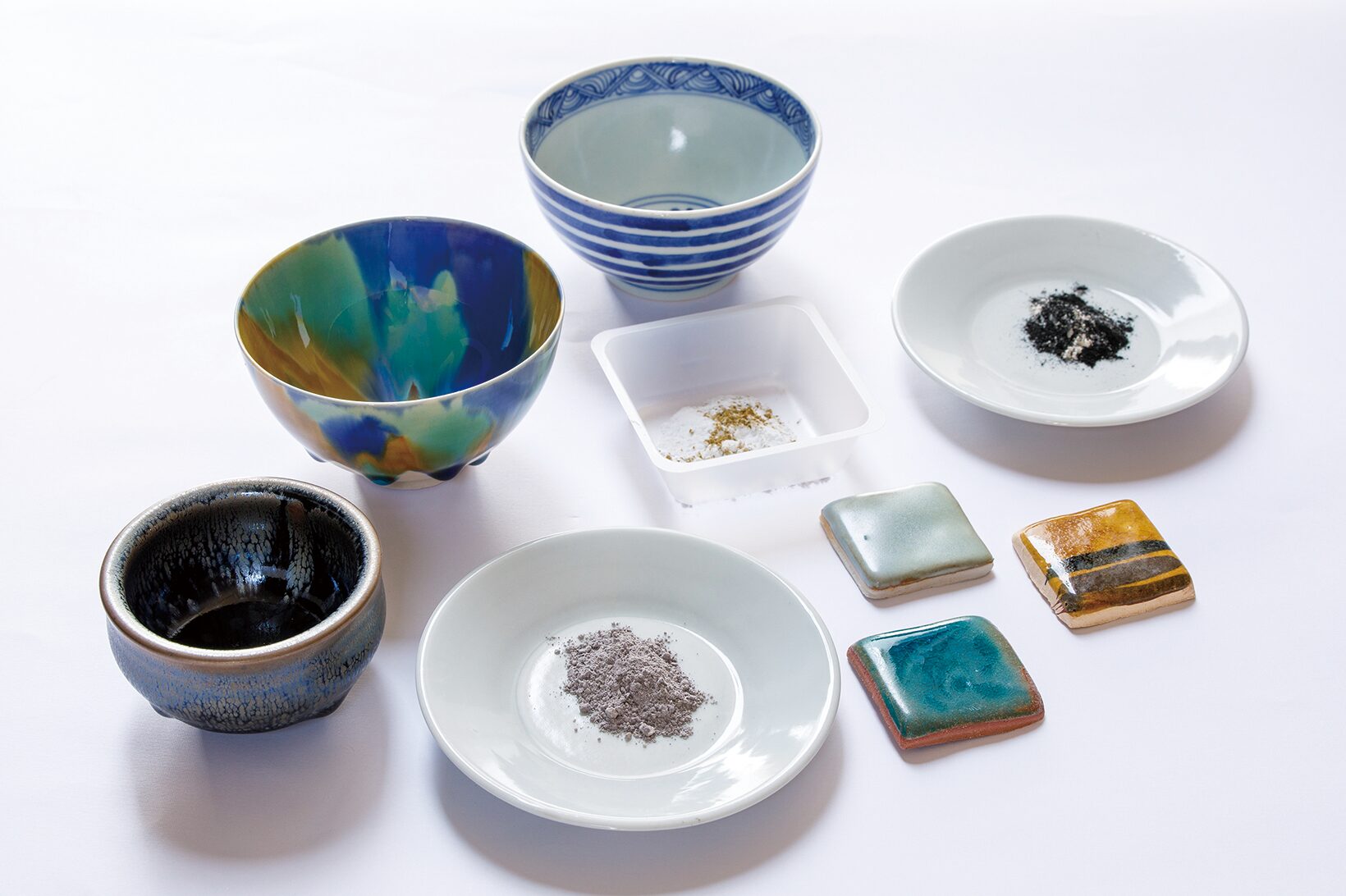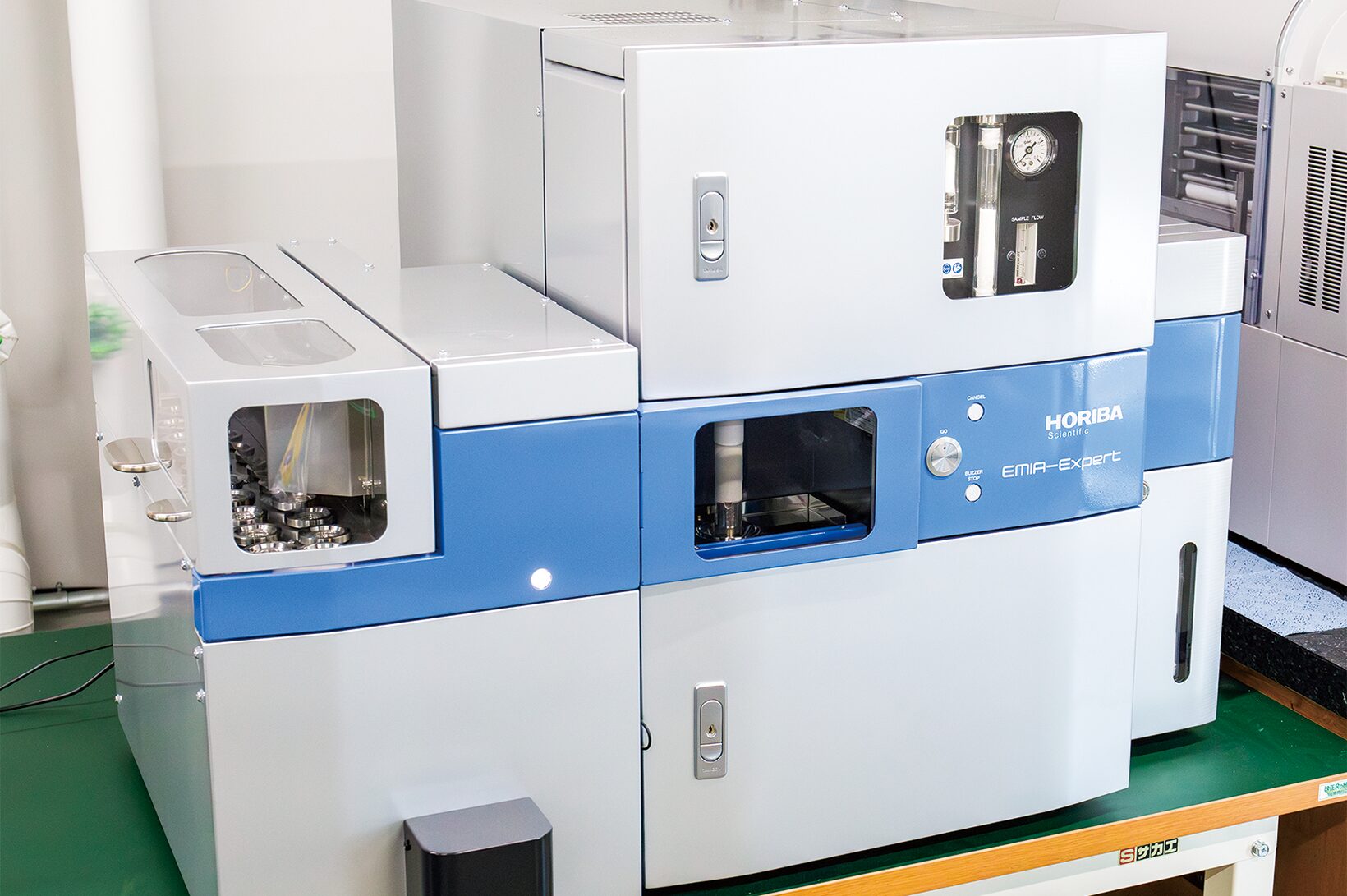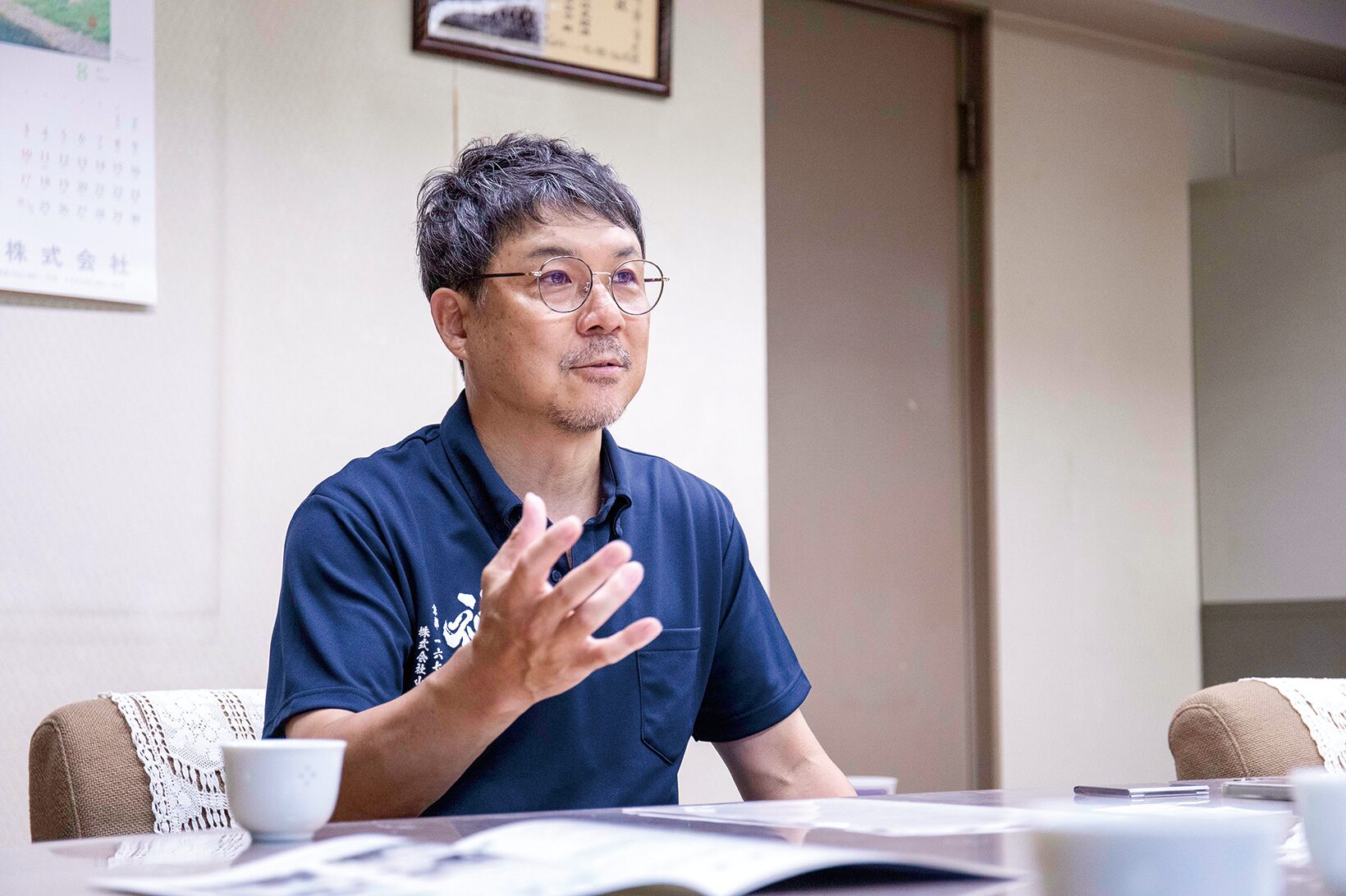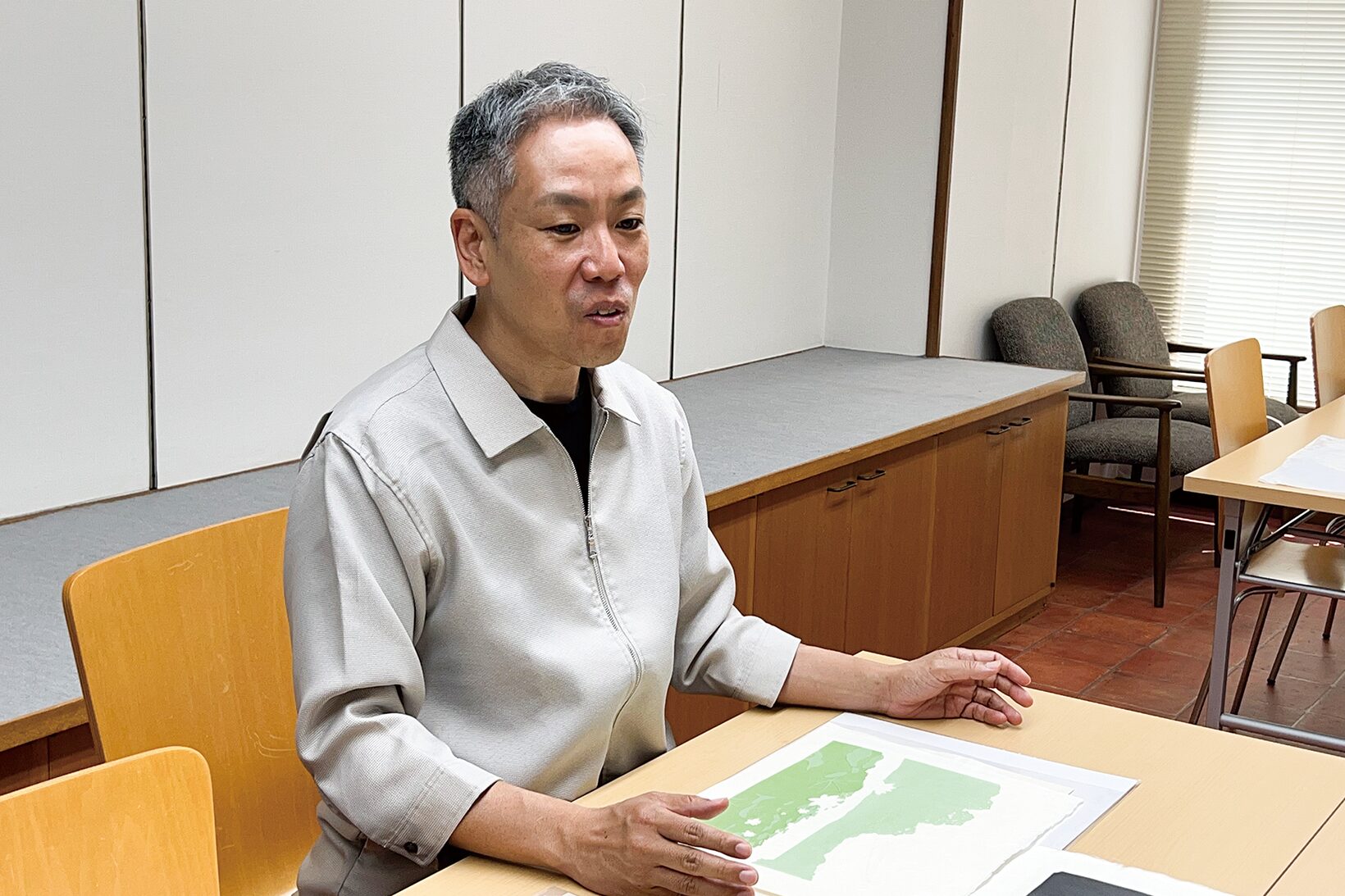
Pre-history of KMIITC (From Postwar Confusion to the Present)
~KMIITC and the History of Sake Yeast~
The Pacific War, which ended in 1945, devastated Japan, and the sake brewing industry was no exception. Seventeen percent of all sake produced in Japan in the brewing year (BY) 1945 was lost, and many valuable personnel, including toji (master brewers) and kurabitos (brewers), were killed in the war. These challenges were compounded by food shortages, especially a desperate shortage of rice, the raw material for sake. The demobilization of soldiers led to a rapid increase in the drinking population, and the gloomy outlook in the world increased the demand for alcoholic beverages. However, the supply could not keep up. Harmful alcohol, such as industrial ethyl alcohol mixed with methyl alcohol appeared on the black market. This was manufactured during the war as a substitute for petroleum fuel, immensely harmful to the human body, causing many victims to lose their eyesight or die. The Kyoto Municipal Industrial Research Institute, the predecessor of the Kyoto Municipal Institute of Industrial Technology and Culture (KMIITC), also conducted research on the determination of methyl alcohol in alcohol in 1951 and 1953.
In June 1950, the Korean War broke out, bringing a special procurement boom to Japan, and as the food situation improved and the allocation of rice for sake brewing increased, sake production and consumption finally began to grow. In the same year, the Sake Brewing Industry Research Committee was founded by sake brewers in Fushimi, Kyoto, with The Kyoto Municipal Industrial Research Institute serving as secretariat. Since then, the Sake Brewing Industry Research Committee has continued to contribute to the modernization of the sake brewing industry and the revival of the Kyoto and Fushimi brewing industries after the war.
In 1955, ten years after the end of the war, gross domestic product (GDP) exceeded prewar levels, and the government declared in its economic white paper of 1956 that “it is no longer postwar.” This was the beginning of a period of rapid economic growth. The sake industry, including that of Fushimi, Kyoto, began to flourish again. Between 1955 and 1966, after various reorganizations, the Kyoto Municipal Industrial Research Institute was renamed the Kyoto Municipal Industrial Experimental Station.
Let us turn our attention to the history of sake yeast. Before the war, a yeast that fermented stably at very low temperatures (below 10℃) was isolated from Aramasa Brewery in Akita Prefecture, and the Brewing Society of Japan began distributing it as Kyokai (association) No. 6 yeast in 1935. It is worth mentioning that Kyokai No. 6 was the only yeast distributed by the Brewing Society of Japan during the Pacific War. Immediately after the war, the yeast used to make the brand “Masumi” from Miyasaka Brewery in Nagano Prefecture was isolated in 1946 as a yeast that produced excellent sake, and was distributed throughout Japan by the Japan Brewers Association as Kyokai No. 7 yeast. These two yeasts were regarded as the standard yeasts in the sake industry for reliable and effective brewing.
On the other hand, in Kyoto, Kyoto City obtained a license for making fermentation starters in 1961, and began distributing sake yeast in 1962. At that time, there were three types of yeast for distribution: Koshi (Japanese abbreviation for Industrial Experimental Station) No. 1, Koshi No. 2, and Koshi No. 3. The first was derived from Kyokai No. 6 yeast strain, the second was from Kyokai No. 7 yeast strain, and the third was from Kyokai No. 8 strain. From this point on, the yeast produced at the Kyoto Municipal Industrial Experimental Station had a stable sales record until 1978, when the demand for yeast in Kyoto peaked.
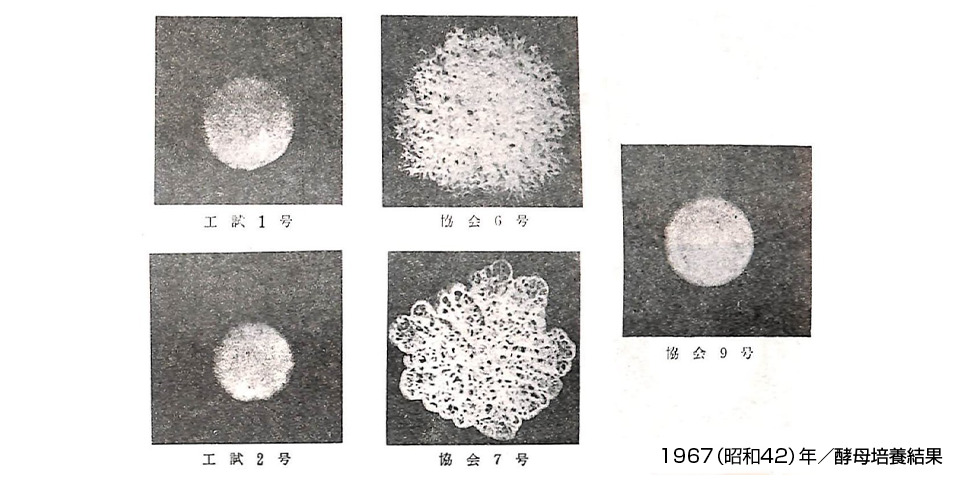
Subsequently, the environment surrounding sake changed drastically. In 1953, a yeast that fermented well at low temperatures and produced a gorgeous aroma was isolated at the Kumamoto Sake Brewing Research Institute which had the “Koro” brand. This was the prototype of today’s ginjo yeast, and was distributed as Kyokai No. 9. Kumamoto yeast was a good match for yamadanishiki, and led to the so-called “ginjo boom” that began in the 1980s.
Simultaneously, public experimental research institutes, universities, and private companies began to develop new yeasts that produced more ginjo aroma, and since the 1990s, many new yeasts have been produced, such as yeast with high ethyl caproate production and yeast with high malic acid production. Regional yeasts that are suited for sake brewing based on regional characteristics have also been developed, and was were named after the regions where they were developed, such as Shizuoka yeast and Akita yeast. In Kyoto, there was a similar request from the brewing industry. This led to the development of “Kyoto Yeast” later.
In 1989, the Kyoto Municipal Industrial Experimental Station was relocated to the Kyoto Research Park area. In 2003, the Textile Experimental Station and the Kyoto Municipal Industrial Experimental Station were renamed as the Textile Technology Center and the Industrial Technology Center, respectively, and united as affiliates of the Kyoto Municipal Institute of Industrial Technology and Culture (KMIITC). From the viewpoint of yeast development, in 2005, the Industrial Technology Center began distributing the newly developed yeast “Kyo no Koto”. In October 2010, Kyoto Municipal Institute of Industrial Technology and Culture (KMIITC) merged both the Textile Technology Center and the Industrial Technology Center to further develop Kyoto as a “City of Manufacturing”. In addition, to create a new Kyoto brand through the fusion of traditional and advanced industries, and to promote the development of vibrant Kyoto industries, a Center for Intelligence-Integrated Industry was established within KMIITC.
Currently, KMIITC consistently provides technical assistance to brewers mainly in the city in support of sake production bases in Kyoto and distributes sake yeast as part of its technical assistance to brewers. The developed yeast is sold to brewers in Kyoto and used in the production of high value-added sake. The details will be described in “The History of Kyoto Yeast” in a separate section. During the postwar period, the period of rapid economic growth, and up to the present, KMIITC has continued to work closely with the sake brewing industry in Fushimi, Kyoto, while flexibly changing its organizational structure to meet the needs of the times.




